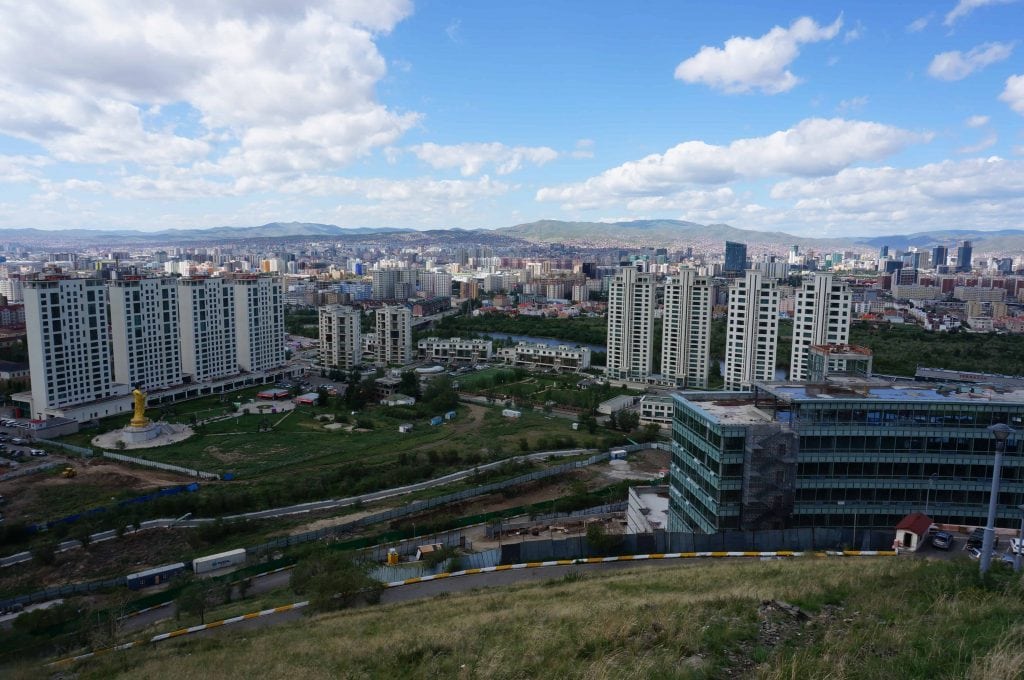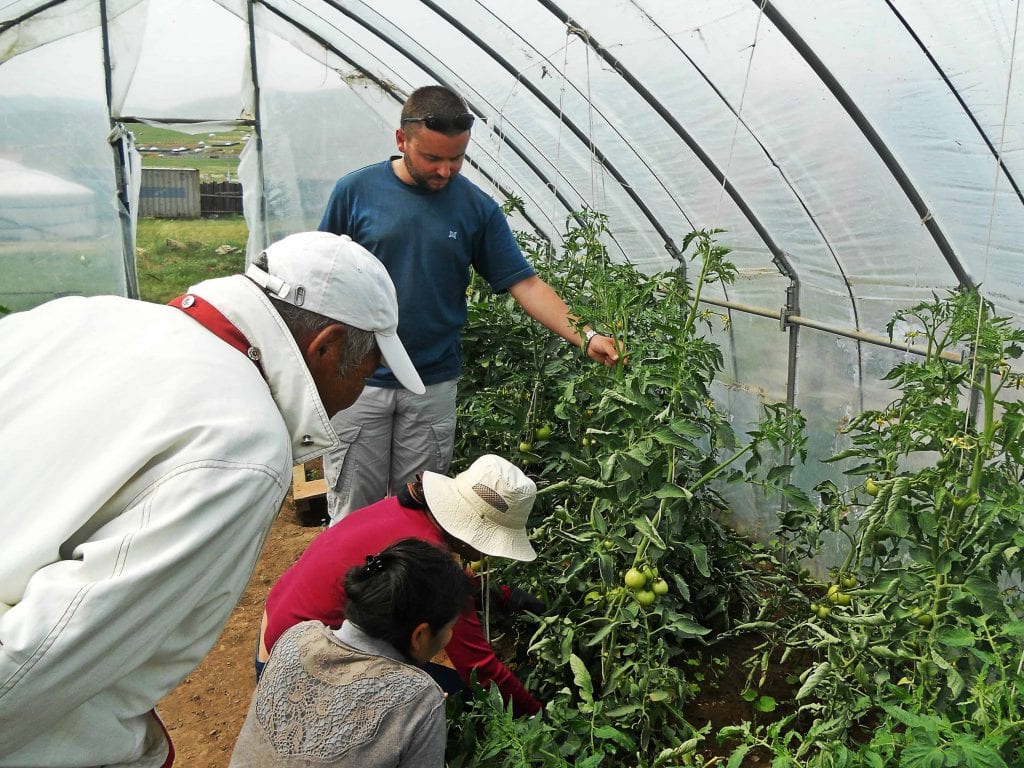In 2016 Jonathan and Magali, a young couple from Belgium, embarked on a once-in-a-lifetime adventure: a trip around the world volunteering with ADRA projects from Mongolia to Vanuatu.
Jonathan tells their story.
The idea for this trip had been on our minds for a long time. We both love traveling and discovering new cultures and people. For us, the best way to discover a place is to live with the people, share the lifestyle, and be involved with them. We had wanted to be actors rather than just spectators for many years. So, we decided to mix these two aspects: travel and involvement.
We began planning more than a year before we set off on our trip. It was a huge challenge financially and logistically, but we did it with the help of God, our church, family, and friends. As Adventists, we had been aware of ADRA for a long time, and I even had some experience working with ADRA in Burkina Faso eight years ago. That’s why we chose to volunteer with ADRA.
We sent a lot of emails to ADRA offices around the world with our resumes and a cover letter explaining our desire to volunteer. Fortunately, we received answers from several countries, and we finally selected projects where we thought our skills would be most useful (I was an ecological advisor in the business area, and Magali is a French teacher). So, we didn’t select the countries but the projects. That’s why we went to Kyrgyzstan, for example, a country previously unknown to us!
Over the course of one year, we visited six different countries and volunteered with four ADRA offices: Kyrgyzstan, Mongolia, Ecuador, and Vanuatu. We spent between several weeks and several months in each office. Our goal was to be at the service of the ADRA offices to help people in need.
Mongolia

Mongolia was our first stop, and it was a huge challenge, mainly because we spent most of our two months there in the capital, Ulaanbaatar, one of the most polluted cities in the world. Fortunately, we were welcomed by a very motivated and active ADRA team who revived our spirits. The discovery of the Mongolian culture and nomadic life was also fantastic, and the landscape was awe-inspiring.
As volunteers, we were involved in two different projects: MEAL (Micro Economic and Agriculture Learning) and Hope for a Brighter Future.
The first project was in the field of food security. It was started to help vulnerable home gardeners from 1,100 households—mostly women—increase their food production capacity. Indeed, in Mongolia, many nomads come to the city to find a decent life, but they end up in the yurt suburbs around the city without hygiene facilities, running water, electricity, and food. We helped ADRA create and provide a cooking class and brainstormed with the ADRA team about new methods for the permaculture approach, implementation of a seed bank, and improvement in the sale of surplus vegetables.

Hope for a Brighter Future worked with disabled children in the poorest suburbs of the city. We made a movie to promote the project to potential donors. We met families, disabled children, and social workers. The project’s goals are to improve disabled children’s access to health and education, promote their participation in society, and establish a Community-based Rehabilitation Centre for Disabled. The center helps children with disabilities learn new skills in a supportive and inclusive environment, supports their access to health and education services, and provides vocational and small business training for unemployed parents of disabled children.
Kyrgyzstan

Kyrgyzstan was incredible. We met a wonderful people: generous, warm, and smiling. The local ADRA team received us like family. The first time we met, they had prepared a delicious meal for us which, after hours in a plane, we were very grateful for.
Our work there was a little bit more theoretical and complex. We worked with the ADRA Central Asia Director to develop an ecological, sustainable approach to office management. Through training we shared tips to reduce the environmental impact of the office. It was very interesting to share our perceptions with the team about global environmental challenges such as climate change, plastic pollution, and species loss. Indeed, in Kyrgyzstan the environmental situation is worrying, but the people are unaware of their impact and how to improve the situation.
After raising this awareness in the office, ADRA Kyrgyzstan wanted to implement a new project in the field of sustainable development. So, after a precise diagnostic of the needs, we prepared with the team two new projects with sustainable approaches. For us, sustainability required a global approach not only in the ecology field but also in social and economic areas. After two months, we proposed an environmental SWOT (strengths, weaknesses, opportunities, and threats) analysis about the Kyrgyz situation and two concept notes for future projects: a micro-economic approach for sustainable paper and plastic waste management, and an improvement of sanitation and biogas production in an orphanage.

One of the best experiences of our entire trip was helping to distribute 46,000 pairs of TOMS shoes in three days to young students. Without these shoes children cannot go to school, because the distances are long, the roads are bad, and the winters are harsh. We were four—myself, Magali, and two ADRA workers—and it was a strenuous physical challenge. On the last day, we visited the children in school, taking pictures and playing with them as they wore their new shoes. It was incredible.
You can read the second part of Jonathan and Magali’s adventure here.
If you are interested in volunteering with ADRA, we suggest you start by contacting the ADRA office in your country, or the country where you would like to volunteer, to discuss opportunities and ways to get involved in ADRA’s work.
ADRA International has recently launched a program called ADRA Connections, which sends groups of volunteers all over the world to assist with ADRA projects and bring benefits to communities in need. You can find more information about ADRA Connections online now.

